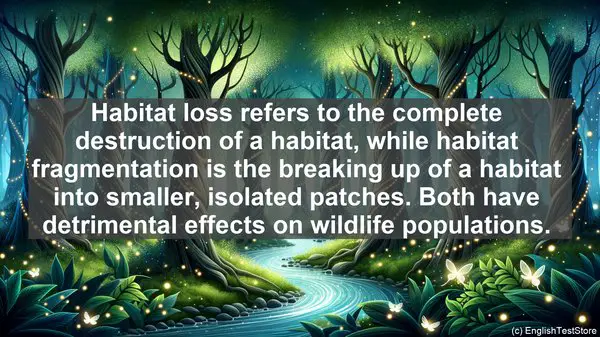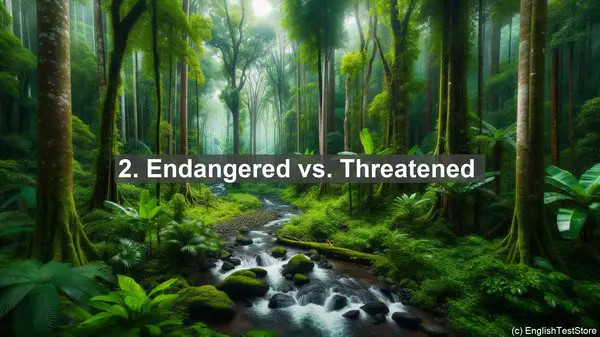Introduction
Hello everyone, and welcome back to our wildlife ecology and management series. Today, we have an interesting topic lined up for you. We’ll be discussing the top 10 commonly confused words in this field. Let’s dive right in!
1. Habitat vs. Ecosystem
While these terms are related, they have distinct meanings. A habitat refers to the specific environment where an organism lives, while an ecosystem encompasses the interactions between living and non-living components in a given area.
2. Endangered vs. Threatened
Both terms signify species at risk, but the difference lies in the severity. ‘Endangered’ means a species is at a higher risk of extinction, while ‘threatened’ implies a lower risk, but still significant enough to warrant conservation efforts.
3. Migration vs. Dispersal
Migration is the seasonal movement of organisms from one region to another, often for breeding or food. Dispersal, on the other hand, refers to the movement of individuals away from their birthplace, which can occur at any time.

4. Biodiversity vs. Species Richness
Biodiversity encompasses the variety of life in an area, including genetic, species, and ecosystem diversity. Species richness, however, focuses solely on the number of different species present.

5. Keystone Species vs. Indicator Species
A keystone species has a disproportionately large impact on its ecosystem, often influencing the presence of other species. An indicator species, on the other hand, serves as a sign of the overall health of an ecosystem.
6. Habitat Fragmentation vs. Habitat Loss
Habitat loss refers to the complete destruction of a habitat, while habitat fragmentation is the breaking up of a habitat into smaller, isolated patches. Both have detrimental effects on wildlife populations.
7. Prey vs. Predator
Prey refers to the organism that is hunted and consumed, while the predator is the one doing the hunting. They are part of a complex web of interactions in an ecosystem.
8. Carrying Capacity vs. Overpopulation
Carrying capacity is the maximum number of individuals an environment can sustainably support. Overpopulation occurs when the number of individuals exceeds this capacity, leading to resource depletion and other issues.
9. Conservation vs. Preservation
While both involve protecting the environment, conservation focuses on sustainable use of resources, often for human benefit. Preservation, on the other hand, emphasizes maintaining natural areas in their pristine state, with minimal human interference.
10. Invasive Species vs. Native Species
Invasive species are non-native organisms that, when introduced to a new area, cause harm to the ecosystem. Native species, on the other hand, naturally occur in a particular region and have adapted to its conditions over time.
